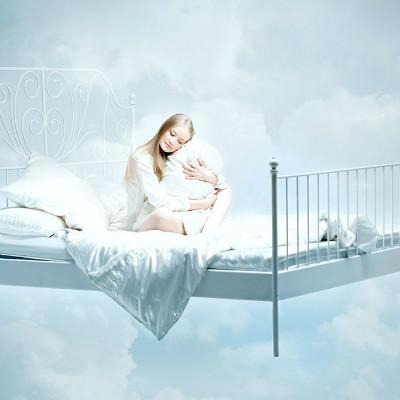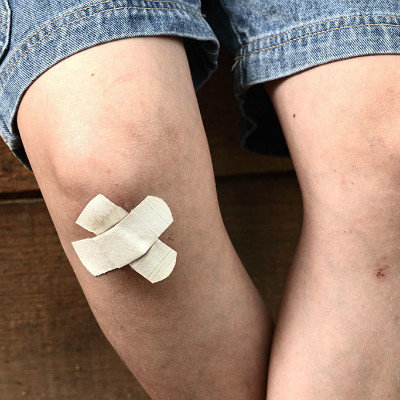Symptoms of strabismus in infants
summary
Strabismus, commonly known as "squint", "cockeye", "eye" and so on. As the name suggests, it is the wrong position of the eye. In medical terms, the deviation of the visual axis of the eye cannot be overcome by the fusion function of both eyes. Some children look like strabismus from the appearance, but in fact it is a false image caused by epicanthus and flat nasal root, not strabismus. Now let's talk about the symptoms of baby strabismus.
Symptoms of strabismus in infants
Most exotropia is intermittent at first, and often appears in fatigue, stupor or fever. Careful parents can often find it. Some of them are often found by neighbors or school teachers because their children's eyes are abnormal. Family members see "strange" instead of "strange" because they are with their children every day.

Most esotropia will become constant soon after it appears, or the state of strabismus often exists, so it is easier to find and see a doctor early than exotropia. But because many children have the characteristics of epicanthus and wide bridge of nose, sometimes it looks like "opposite eye" (esotropia). After professional doctor's examination, it is found that it is "pseudo esotropia". This kind of situation is more common in our eastern nations.

Askew is sometimes an eye problem rather than a neck problem, which is often not understood by people. Why should askew see an ophthalmologist? This is because when a child suffers from up strabismus (vertical strabismus), the body adopts a special position for compensation, which is called compensatory head position in medicine.

matters needing attention
Most strabismus in childhood have no obvious symptoms, a few school-age children will have the performance of visual fatigue, parents will mistakenly think that children are tired of school.














